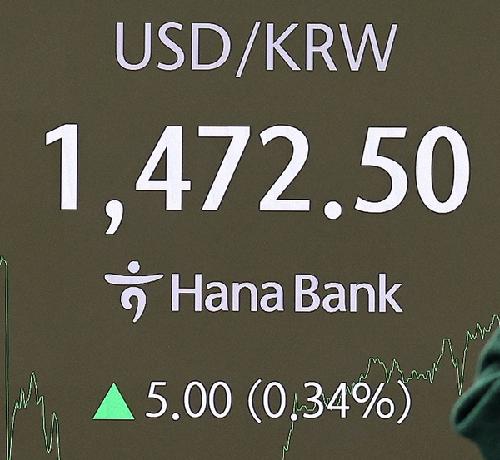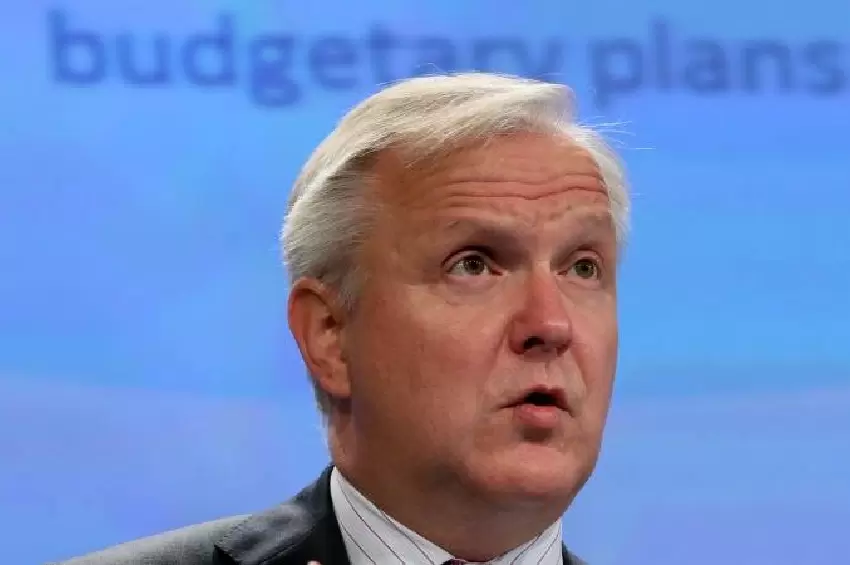Political and Economic Pressures Drive Exchange Rate Fluctuations
In December, the won-dollar exchange rate experienced a significant surge, reaching 1,486.7 won. This was largely due to political uncertainties following President Yoon Suk Yeol's declaration of martial law. Despite efforts by financial authorities to stabilize the market, the end of the year saw increased sensitivity to political risks, compounded by low trading volumes. As a result, the exchange rate broke through the major resistance level of 1,450 won, closing the fourth quarter with an average of 1,399 won.

Looking Ahead: Exchange Rate Predictions for Q1
As we move into January, several factors are expected to influence the won-dollar exchange rate, including renewed external pressure from a strong dollar, domestic political instability, and economic sluggishness. Korea Investment & Securities has adjusted its forecast for the first quarter of this year, predicting an average exchange rate of 1,440 won. Researcher Moon Da-un highlighted that the factors favoring an increase in the exchange rate are predominant, suggesting that the pressure for a weak won will be high throughout the first half of the year.
Future Outlook and Resistance Levels
The won-dollar exchange rate is anticipated to fluctuate within the mid to high 1,400 won range in the near future, with the next major resistance level at 1,500 won. However, it is expected that the factors contributing to the weak won will gradually ease towards the end of the first and second quarters, compared to the beginning of the year.









Comments